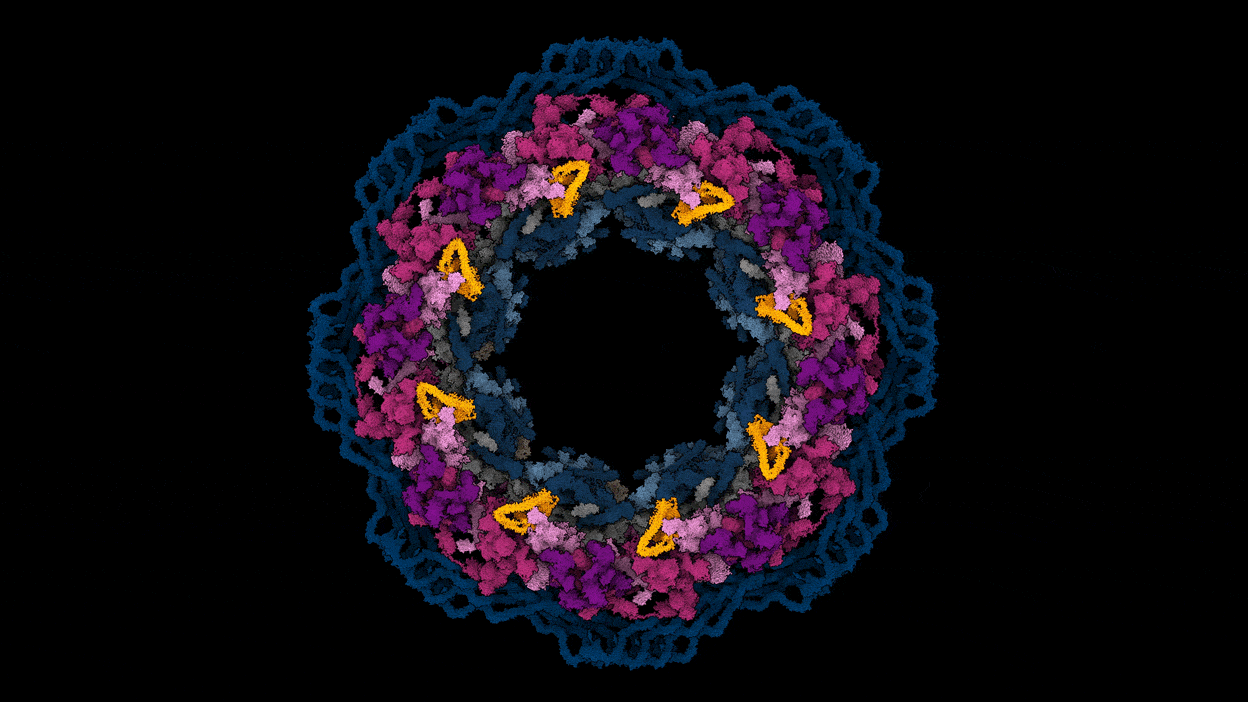How AlphaFold2 Revolutionized the Way We Do Biology (Pt 1)
Written by Keaun Amani | Published 2023-3-26
Written by Keaun Amani | Published 2023-3-26
Whether you're a seasoned molecular biologist or a researcher in an adjacent field, you've likely come across AlphaFold2 - a game-changing deep learning model for predicting protein structures. In this three-part blog series, we delve into the ins and outs of AlphaFold2, from its fundamental workings to expert-level tips and tricks that can help you unlock its full potential. By the end of this series, you'll have a comprehensive understanding of this powerful tool and be well-equipped to utilize its capabilities for your own research.

Accurately solving protein structures has always been one of the most challenging tasks in biology. Structures reveal vital information regarding protein function, properties, and behavior with other molecules. The only problem is that the experiments traditionally used to solve them have always been incredibly time-consuming, potentially limited, and not to mention expensive.
Commonly used methods like x-ray crystallography have been around since 1912 but suffer from critical drawbacks that can limit their application for many researchers. Another common technique is Nuclear magnetic resonance (NMR) spectroscopy, which uses strong local magnetic fields to analyze the alignment of nuclei within an atom as opposed to the X-rays of X-ray crystallography.

While both methods have their own pros and cons, they also suffer from similar drawbacks like high cost, being time-consuming, and lack of guarantees for results. These drawbacks alone make solving protein structures such a daunting task and why many researchers end up being limited by this crucial step. This is where models like AlphaFold2 come in.
AlphaFold2 is a deep learning model for protein structure prediction developed by Google's DeepMind in 2021. Compared to experimental methods, AlphaFold2 is far cheaper, less time-consuming, and in many cases able to produce more accurate structures. It also doesn't come with some of the limitations that traditional methods do, like predicting the structure of trans-membrane containing proteins or even complexes.

Additionally, while AlphaFold2 has its own drawbacks, one key advantage is that the results always come with confidence metrics that can help us infer whether or not the prediction is accurate. It's also perfect as a complementary method for the aforementioned techniques. For example, if you have a large protein or complex, you can partially solve the structure using a method like X-ray Crystallography and then solve or validate the problematic regions with AlphaFold2.

Amazingly, most of the drawbacks presented here can be entirely circumvented by using our platform or reading the next few blog posts.
A recent AlphaFold2 success story is its contribution to helping solve a ten year molecular biology problem; predicting the structure of the nuclear pore complex. This massive complex contains more than 1,000 proteins, with hundreds present in each of your very own cells. The nuclear pore complex is responsible for regulating the flow of molecules in and out of the cell nucleus; a better understanding of its mechanisms is critical to developing new potential therapeutics.

We hope you found this overview helpful in understanding the potential of this powerful tool for protein structure prediction. In our next blog post, we'll dive deeper into the different inputs and settings AlphaFold2 has, and provide some useful tips and tricks to help you get the most out of your usage. Don't miss out on this opportunity to elevate your bioinformatic skills!
By Danial Gharaie Amirabadi
By Danial Gharaie Amirabadi
By Danial Gharaie Amirabadi
By Keaun Amani
By Keaun Amani
By Colorado Wilson
Register for free — upgrade anytime.
Interested in getting a license? Contact Sales.
Sign up free